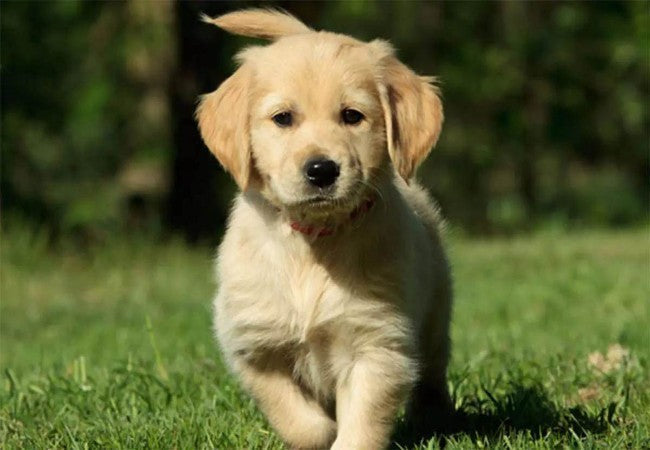Vet Approved Hunting Safety Tips for Dogs 2025 🐶🩺

In this article
Vet Approved Hunting Safety Tips for Dogs 2025 🐶🩺
By Dr. Duncan Houston BVSc
Hunting dogs are some of the most dedicated and hardworking companions in the field—but their safety is often overlooked in the excitement of the season. Whether you're upland bird hunting, waterfowl retrieving, or tracking, your dog faces potential hazards like terrain injuries, heatstroke, hypothermia, and accidental exposure to game or gunfire. 🐾🦴
This vet-approved guide offers essential tips to keep your hunting dog safe, fit, and ready for the field—with training and health support from Ask A Vet. 🩺
🧬 Best Hunting Dog Breeds (and Their Risks)
Top Hunting Breeds:
- 🐕 Labrador Retrievers (waterfowl retrieving)
- 🐾 German Shorthaired Pointers (upland game)
- 💨 Vizslas, Weimaraners (pointing and tracking)
- 🦮 Beagles (rabbit and deer tracking)
- 🎯 American Foxhounds, Bloodhounds (scent work)
Each breed has different stamina and tolerance for temperature and terrain. Consult Ask A Vet for personalized fitness assessments. 📱
🏋️ Pre-Season Conditioning Is Critical
A poorly conditioned dog is more likely to suffer from heatstroke, fatigue, or injury.
Tips:
- 🦴 Start 6–8 weeks before hunting season
- 🏃 Incorporate daily aerobic work (jogging, long off-leash hikes)
Build muscle strength gradually and monitor joints—especially in senior dogs. 🐾
🎒 Must-Have Gear for Hunting Dogs
1. 🦺 High-Visibility or Blaze-Orange Vest
- 🚫 Reduces risk of accidental shooting
- 👁️ Improves visibility in tall grass or brush
2. 🧤 Protective Boots
- 🪨 Shield paws from rocks, thorns, snow, and ice
3. 🎽 GPS or E-Collar with ID
- 🔎 Track location in large areas
4. 🧴 First Aid Kit
- 💉 Include antiseptic, bandages, tweezers, saline, and a tick remover
🛑 Injury Prevention in the Field
1. 🥵 Heatstroke Prevention
- 💧 Hydrate every 15–20 minutes
- 🕐 Hunt during cool hours (early morning or dusk)
- 🌿 Use cooling vests or shade breaks
2. 🧊 Hypothermia in Wet or Cold Climates
- 🌊 Dry off immediately after water retrieves
- 🧥 Use an insulated vest
3. 🦶 Common Injuries
- 🩸 Paw lacerations
- 🔩 Joint sprains or torn ligaments
- 🌿 Embedded thorns, burrs, or seeds
- 🐍 Snake bites or insect stings
🍗 Nutrition and Hydration During the Hunt
- 🥩 Feed a high-protein, high-fat performance formula
- 💧 Provide fresh water frequently (avoid shared puddles)
- 🍖 Carry high-energy treats for breaks
Avoid feeding a full meal right before heavy exertion—wait at least 2 hours. Use Ask A Vet to plan field meals for high-exertion days. 📋
🧠 Mental Recovery & Rest
After intense hunts, dogs may be mentally overstimulated. Signs include pacing, vocalizing, or difficulty settling. 🧠
- 🛋️ Provide calm environments after the hunt
🩺 Post-Hunt Health Checks
What to Examine After Each Outing:
- 🐾 Paws and pads for cuts or debris
- 👀 Eyes for seeds or scratches
- 🦴 Joints for swelling or tenderness
- 🧴 Coat for ticks, burrs, or wounds
Use Ask A Vet if limping, lethargy, or unusual behavior appears within 24–48 hours. 🩺
📋 Checklist: Day-of-Hunt Dog Safety Pack
- 🦺 Visibility vest
- 📍 GPS tracker
- 💧 Water + collapsible bowl
- 🍖 High-energy snacks
- 🧤 First aid kit
✅ Final Thoughts: Hunt Smart, Hunt Safe
Your hunting dog is a loyal partner—and their safety is as important as your own. With conditioning, proper gear, and post-hunt care, you’ll ensure a productive and injury-free season. 🏞️🐶
Quick Recap:
- 🛡️ Train and condition your dog before the season
- 🎽 Use visibility and protective gear
- 📋 Perform daily health checks post-hunt
- 📱 Use Ask A Vet for real-time support
Need help getting field-ready? Visit AskAVet.com. 🐾🏹






